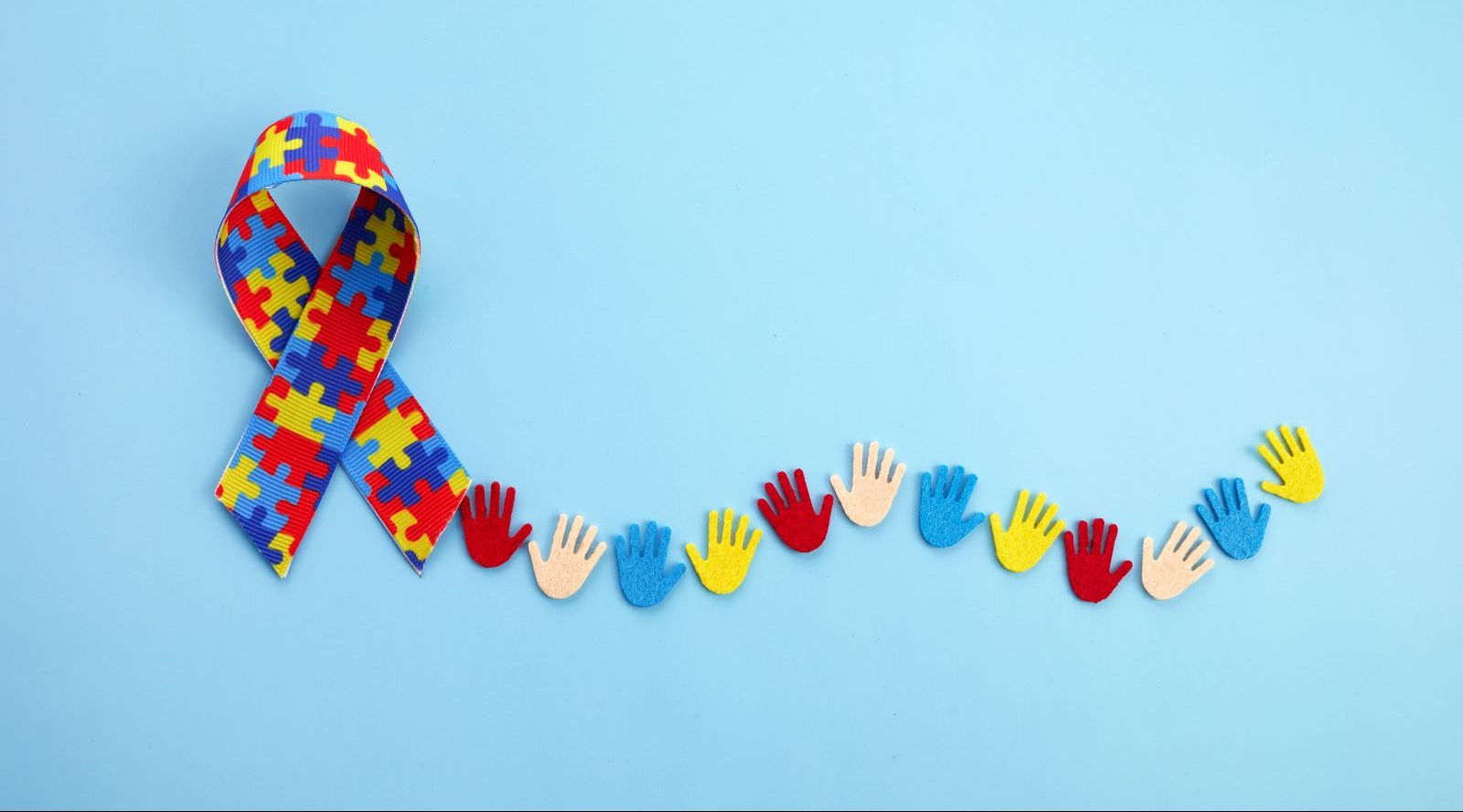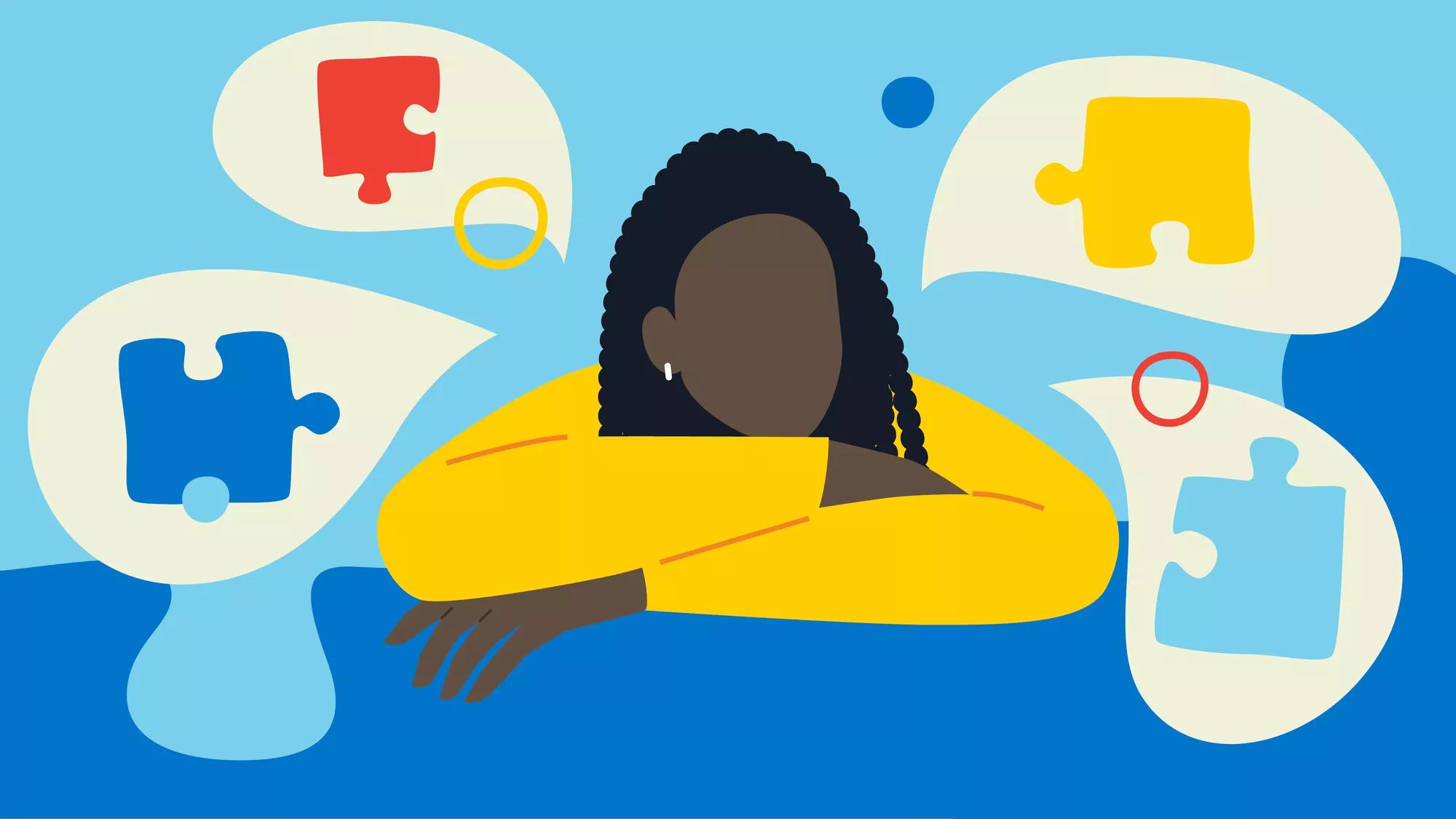Autism and Sensory Handling: Discovering the Link and Its Results
Autism and Sensory Handling: Discovering the Link and Its Results
Blog Article
Checking Out Autism: Methods for Efficient Interaction and Communication
Efficient communication and communication with people on the autism spectrum require an extensive understanding of their special demands and choices. The intricacies of these techniques disclose further considerations that merit exploration, specifically in just how they can be adjusted to diverse contexts and individual experiences.
Understanding Autism Range Problem
Autism Spectrum Condition (ASD) encompasses a range of neurodevelopmental problems defined by difficulties in social communication, communication, and recurring behaviors. The term "spectrum" mirrors the varied manifestations and differing levels of severity experienced by people with ASD. While some might display substantial problems, others may display high-functioning characteristics, enabling for better self-reliance in daily life.
The onset of ASD normally takes place in early childhood years, with indications frequently recognizable by age two. Early indicators might consist of delayed speech advancement, minimal eye call, and problems in comprehending social signs. Although the specific etiology of ASD continues to be uncertain, research study suggests a mix of environmental and hereditary aspects plays a critical function in its development.
As a result, interventions and support tailored to private requirements are crucial for promoting interaction and social skills. Identifying the intricacy of ASD is vital for promoting recognition, acceptance, and reliable approaches that promote meaningful communications with people on the range.

Significance of Clear Communication
Reliable communication is crucial for fostering understanding and link, specifically for individuals with Autism Range Disorder (ASD) Clear communication not just facilitates social interactions however additionally boosts the individual's capability to share their feelings, ideas, and needs. For people with ASD, the nuances of language can often be testing; as a result, utilizing distinct and uncomplicated language is important.
Additionally, clear communication assists reduce frustration and stress and anxiety that might emerge from misunderstandings. When messages are conveyed in a consistent and straight fashion, people with ASD are much better geared up to interpret information properly, which can substantially improve their social involvement and involvement in numerous settings.
Developing regimens and utilizing visual assistances can better boost clear interaction. These strategies provide people with predictable frameworks that help understanding and retention of details. In addition, proactively being and listening person throughout interactions advertises an encouraging setting where individuals with ASD feel valued and recognized.
Eventually, prioritizing clear interaction not just empowers individuals with ASD however also cultivates more significant links with their peers, caretakers, and the bigger community, paving the way for inclusive interactions and joint partnerships. - autism
Non-Verbal Interaction Methods
Communication extends beyond words, and for people with Autism Spectrum Condition (ASD), non-verbal hints play a considerable duty in interactions. Non-verbal interaction methods can include faces, gestures, body movement, and eye call, all of which function as important elements for communicating emotions and intentions.
Recognizing and translating these non-verbal signals can boost interactions with people with ASD. A cozy smile or open position can create a welcoming ambience, motivating interaction. Similarly, utilizing visual help-- such as picture cards or signs-- can link interaction voids and aid share messages better.
It is likewise vital to be conscious of individual space, as people with ASD might have various comfort levels relating to proximity. Observing their responses to physical closeness can educate suitable adjustments.

Developing Encouraging Settings
Creating a supportive environment is important for promoting favorable interactions and improving the wellness of people with Autism Spectrum Disorder (ASD) Such atmospheres can considerably minimize anxiousness and create a feeling of security, permitting individuals to share themselves extra openly.
To achieve this, it is important to think about sensory sensitivities that individuals with ASD might experience. Modifying the physical area to consist of soft lighting, marginal background sound, and comfy seats can create a relaxing ambience. Furthermore, using regular routines and clear aesthetic timetables can assist people expect changes and reduce unpredictability, additional promoting convenience.
Social areas should be structured to lessen frustrating stimulations while giving opportunities for interaction in recommended tasks. Assisting in areas assigned for quiet time can also function as a refuge during moments of stress and anxiety. Significantly, incorporating elements of choice empowers individuals, permitting them to work out company in their click for more atmosphere.

Motivating Social Communications
Cultivating social communications among people with Autism Range Disorder (ASD) requires deliberate strategies that prioritize convenience and interaction. Establishing predictable routines can help in reducing anxiety, making social settings much more friendly. Producing structured atmospheres with specified functions and obligations enables people to involve without the frustrating pressure of unstructured social dynamics.
Including rate of interests and staminas into social tasks can work as a catalyst for communication. As an example, organizing team tasks around shared leisure activities or topics of fascination can help with all-natural discussions and links. In addition, using aesthetic assistances, such as social scripts or pictorial timetables, can help in understanding social cues and assumptions.
Modeling appropriate social habits is important - autism. Peers and adults should show effective interaction techniques, including active listening and turn-taking. Role-playing circumstances can likewise provide a secure space for people to exercise these abilities
Finally, cultivating peer relationships through comprehensive techniques is vital. Urging comprehensive playdates or team getaways can produce chances for socialization in a comfortable setting. By implementing these caretakers, methods and teachers can dramatically improve social interactions for people with ASD, promoting their total social advancement and well-being.
Final Thought
In conclusion, effective interaction and communication techniques are vital for supporting individuals with Autism Spectrum Condition. Eventually, these approaches empower individuals with autism to read here navigate social landscapes, promoting their general health and allowing the growth of lasting relationships.
Efficient communication and interaction with people on the autism range require a thorough understanding of their unique requirements and choices. Clear interaction not just promotes social communications but also enhances the individual's ability to express their emotions, thoughts, and needs.Fostering social interactions amongst people with Autism Range Problem (ASD) requires intentional approaches that focus on convenience and engagement. By implementing these caretakers, approaches and instructors can significantly improve social interactions for individuals with ASD, advertising their general social great post to read development and health.
In final thought, effective interaction and interaction strategies are necessary for supporting individuals with Autism Range Disorder.
Report this page